Table of Contents
- What Are Seeds of Paradise?
- A Rich History Behind the Flavor
- Taste Profile and Culinary Uses
- Paradise vs. Other Spices: A Flavor Face-Off
- Cooking with Seeds of Paradise – Practical Tips
- Buying Guide: How to Choose the Best Seeds
- Storage & Shelf Life: Keeping the Magic Alive
- Frequently Asked Questions About Seeds of Paradise
- Final Thoughts
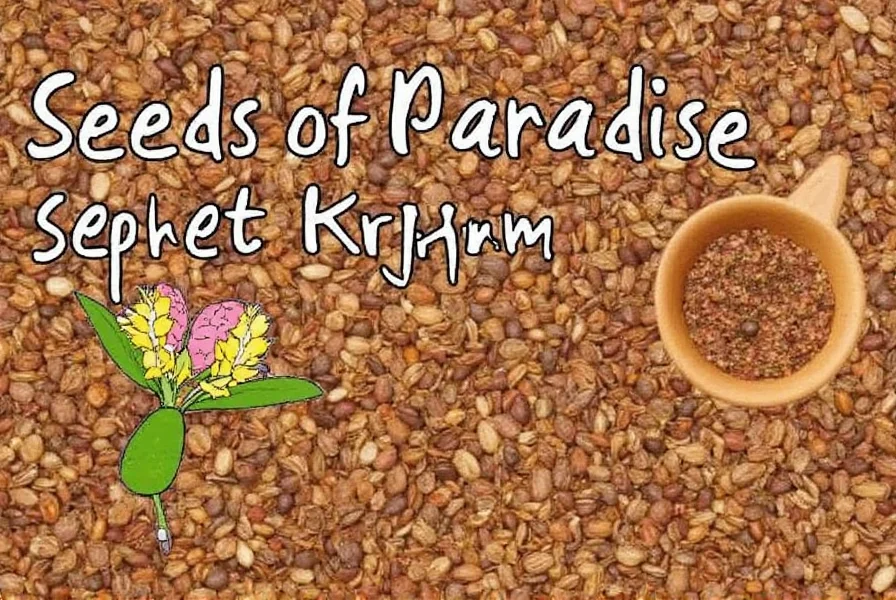
What Are Seeds of Paradise?
Seeds of Paradise, also known as Grains of Paradise, are aromatic spices native to West Africa and part of the ginger family (Zingiberaceae). Often mistaken for black pepper due to their similar appearance, they offer a complex flavor profile with warm, peppery, citrusy, and floral notes.
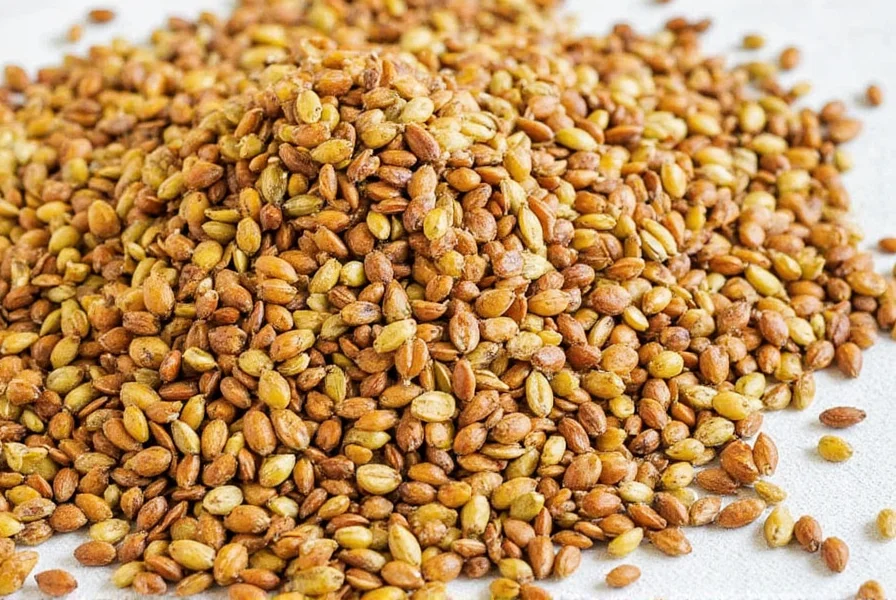
A Rich History Behind the Flavor
The story of seeds of paradise begins centuries ago in West Africa, where they were used both medicinally and culinarily. Traders brought them to Europe during the Middle Ages, and they became a prized spice among nobility and apothecaries alike. In fact, before black pepper became the dominant seasoning, grains of paradise were considered the luxury spice of choice.
Historically, these seeds were believed to have aphrodisiac qualities and were often included in love potions. They also made appearances in early European brewing practices — long before hops took over as beer's main bittering agent.
Taste Profile and Culinary Uses
So what makes these seeds stand out? Let's break it down:
- Flavor Notes: Warm, peppery, citrusy, with hints of cardamom and ginger.
- Heat Level: Mild to moderate, less aggressive than black pepper.
- Aroma: Earthy, floral, and slightly spicy.
Unlike black pepper, which delivers mostly heat and sharpness, seeds of paradise offer layers of flavor that unfold beautifully when heated. They work especially well in slow-cooked dishes, marinades, and baked goods.

Paradise vs. Other Spices: A Flavor Face-Off
| Spice | Flavor Profile | Best Used In | Substitution Tip |
|---|---|---|---|
| Black Pepper | Sharp, pungent, earthy | Most savory dishes | Use half the amount of seeds of paradise for a subtler taste |
| Coriander Seeds | Citrusy, warm, nutty | Curries, breads, pickles | Can replace in spice blends but lacks the floral heat of paradise seeds |
| Cardamom | Sweet, floral, intense | Baked goods, desserts, chai | Use sparingly; flavor is more concentrated |
| Seeds of Paradise | Peppery, citrusy, layered | Meat rubs, stews, baking | Ideal for spicing up dishes without overpowering other flavors |
Cooking with Seeds of Paradise – Practical Tips
If you're ready to bring some exotic flair into your kitchen, here are some creative ways to incorporate seeds of paradise into your meals:
- Toasted Whole: Toast the seeds lightly in a dry pan to unlock their aroma. Great on roasted vegetables or sprinkled over salads.
- Ground: Crush or grind them for a milder, more evenly distributed flavor. Perfect for spice blends or homemade sausages.
- In Marinades: Add crushed paradise seeds to meat or fish marinades for a subtle kick and depth of flavor.
- Baking: Use in cookies, cakes, or spiced bread for a surprising twist on traditional recipes.
- Infused Beverages: Try adding a few seeds to mulled wine, hot cocoa, or even cocktails for a rich, warming note.
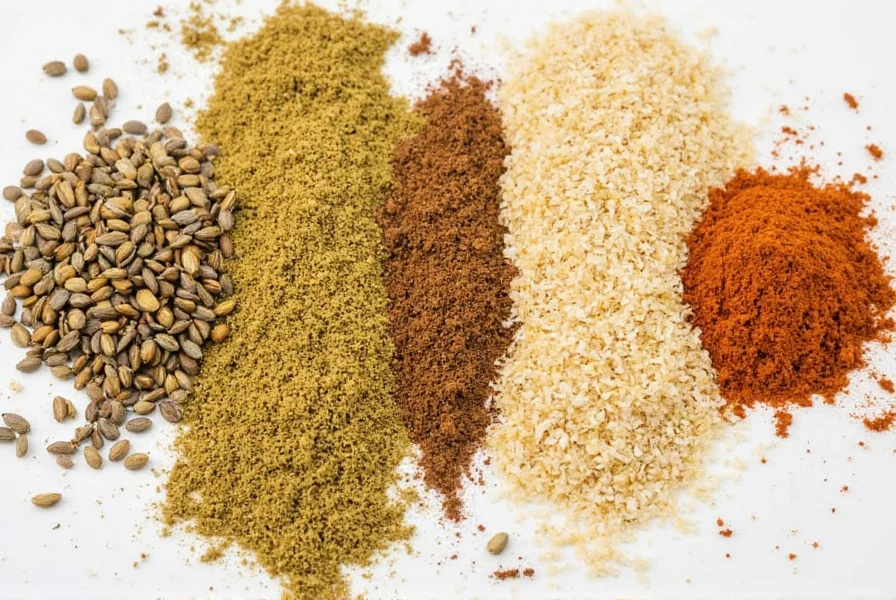
Buying Guide: How to Choose the Best Seeds
Not all spices are created equal, and when it comes to seeds of paradise, quality matters. Here's what to look for:
| Feature | Description |
|---|---|
| Packaging | Airtight containers or vacuum-sealed bags preserve freshness better |
| Color | Should be reddish-brown to dark brown; avoid overly pale or dull seeds |
| Smell | Should have a strong, fresh, peppery-citrus aroma |
| Origin | West African sources are generally preferred for authenticity |
| Organic Certification | Look for certified organic options if possible |
Top Brands We Recommend
- Mother's Garden Organics: Organic, ethically sourced, and sold whole or ground.
- SpiceCraft Essentials: Known for bold flavor and excellent packaging that preserves potency.
- World Flavors Co.: Offers fair-trade versions and unique blends featuring seeds of paradise.
Storage & Shelf Life: Keeping the Magic Alive
To get the most out of your seeds of paradise, proper storage is key:
- Whole seeds last longer — up to 2–3 years if stored properly.
- Keep them cool and dark: Store in an airtight container away from heat and sunlight.
- Grind only when needed: Ground spices lose potency faster than whole ones.
Frequently Asked Questions About Seeds of Paradise
- What exactly are seeds of paradise?
- Seeds of paradise, also known as Grains of Paradise, are aromatic seeds from the Aframomum melegueta plant, which is part of the ginger family. Native to West Africa, these seeds have a complex flavor profile that combines peppery heat with citrus and floral notes.
- How do seeds of paradise differ from black pepper?
- While they may look similar, seeds of paradise have a more complex flavor profile than black pepper. They offer warm, citrusy notes with hints of cardamom and ginger, whereas black pepper is primarily sharp and pungent. Seeds of paradise also have a milder heat level compared to black pepper's aggressive spiciness.
- Can I substitute seeds of paradise with other spices?
- Yes, but with some caveats. A combination of black pepper and cardamom (in a 2:1 ratio) can approximate the flavor, or you could use allspice. However, these substitutes won't capture the full complexity of seeds of paradise. For the authentic experience, it's best to seek out the actual seeds.
- Where can I buy authentic seeds of paradise?
- You can find seeds of paradise at specialty spice shops, some high-end grocery stores, or online retailers. Look for West African sources for authenticity, and check for organic certification if that's important to you. Reputable brands include Mother's Garden Organics, SpiceCraft Essentials, and World Flavors Co.
- What are the health benefits of seeds of paradise?
- Traditionally, seeds of paradise have been used for digestive issues and as an anti-inflammatory. They contain antioxidants and may help with circulation. However, more scientific research is needed to confirm many of these traditional uses.
- How should I use seeds of paradise in cooking?
- Seeds of paradise can be used whole or ground. Toasting them lightly enhances their flavor. They work well in meat rubs, stews, baked goods, and even beverages. For best results, add them early in the cooking process to allow their complex flavors to develop.
- Are seeds of paradise the same as cardamom?
- No, they're different spices from different plants. While both have some floral notes, cardamom is sweeter and more intensely aromatic, while seeds of paradise have more peppery heat with citrus undertones. They can complement each other in recipes but aren't direct substitutes.
- How long do seeds of paradise stay fresh?
- Whole seeds can stay fresh for 2-3 years when stored properly in an airtight container away from heat and light. Ground seeds lose potency much faster, typically within 6-12 months.
Final Thoughts
Seeds of paradise may not be a household name like cinnamon or paprika — yet — but they deserve a place in every spice lover's pantry. With their complex flavor, versatility in the kitchen, and intriguing backstory, they're more than just a spice — they're a culinary adventure waiting to happen.
Whether you're a home cook looking to spice things up or a seasoned chef experimenting with new flavor profiles, give seeds of paradise a try. Once you do, you'll understand why they've been called "the secret ingredient" of ancient kitchens and modern gourmets alike.
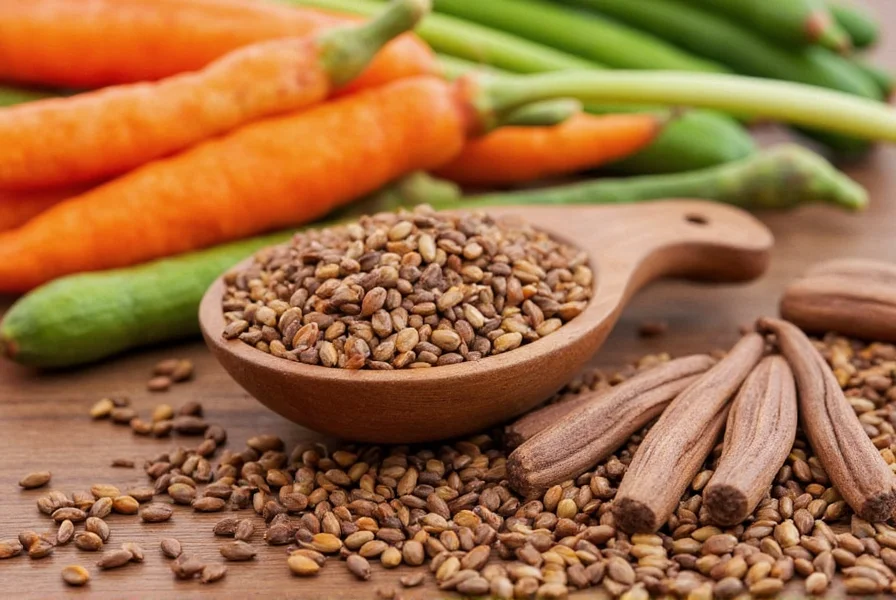
Ready to Explore More?
Follow us for more deep dives into the world of spices, and never miss out on another hidden gem like the seeds of paradise!

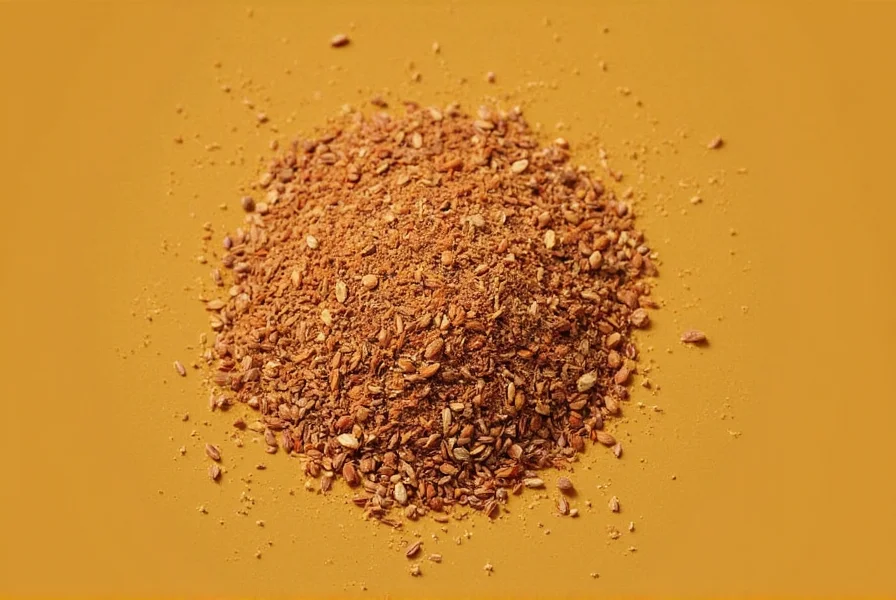









 浙公网安备
33010002000092号
浙公网安备
33010002000092号 浙B2-20120091-4
浙B2-20120091-4